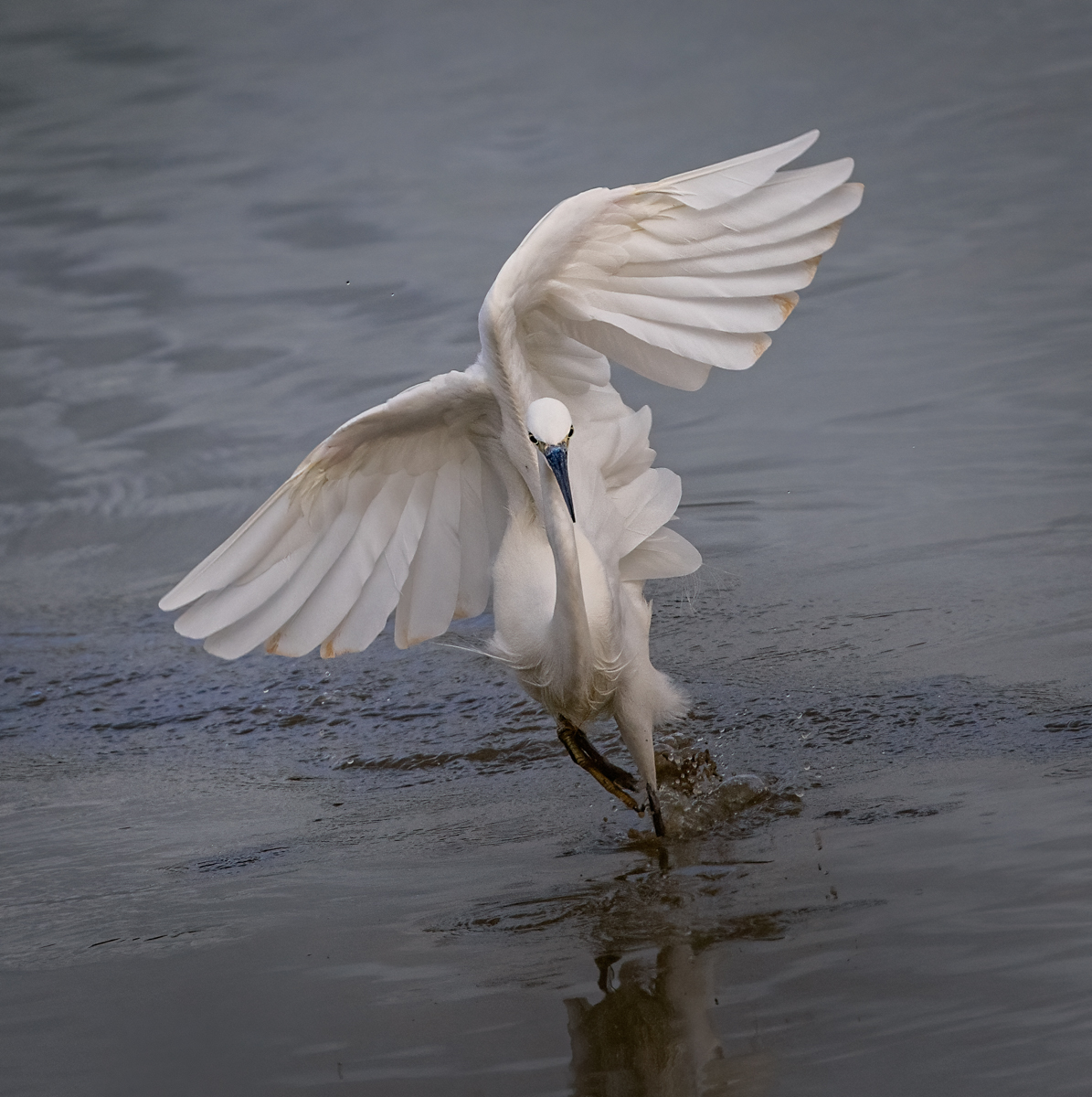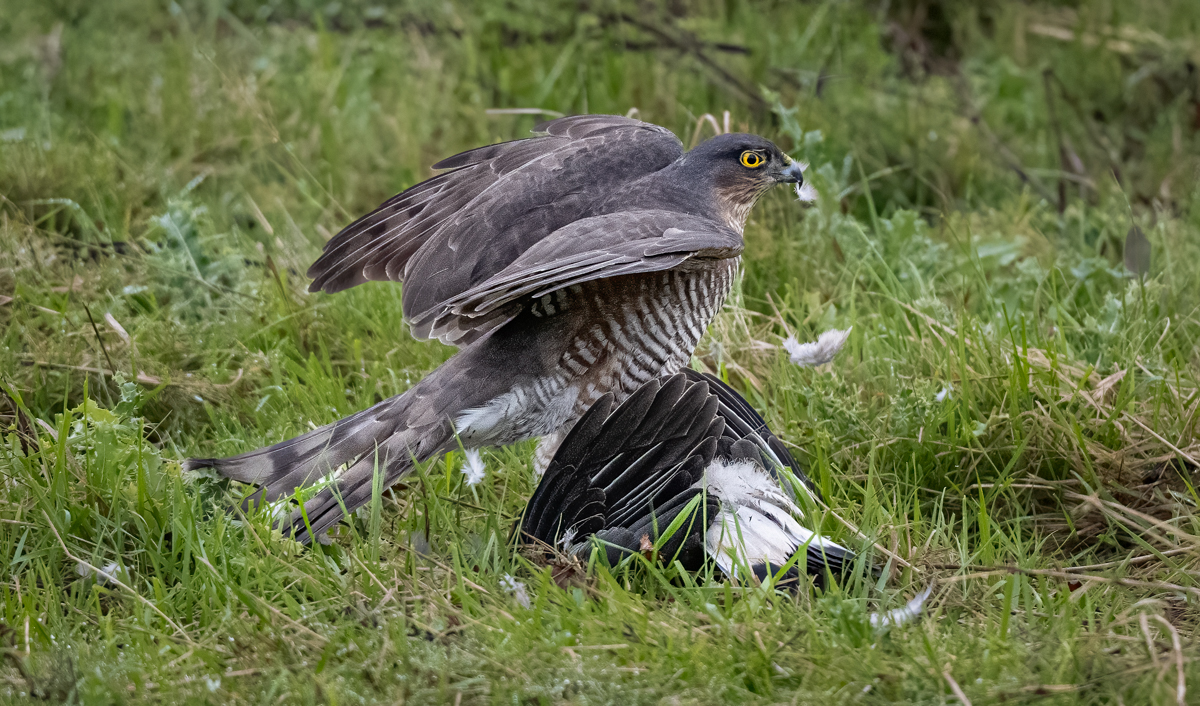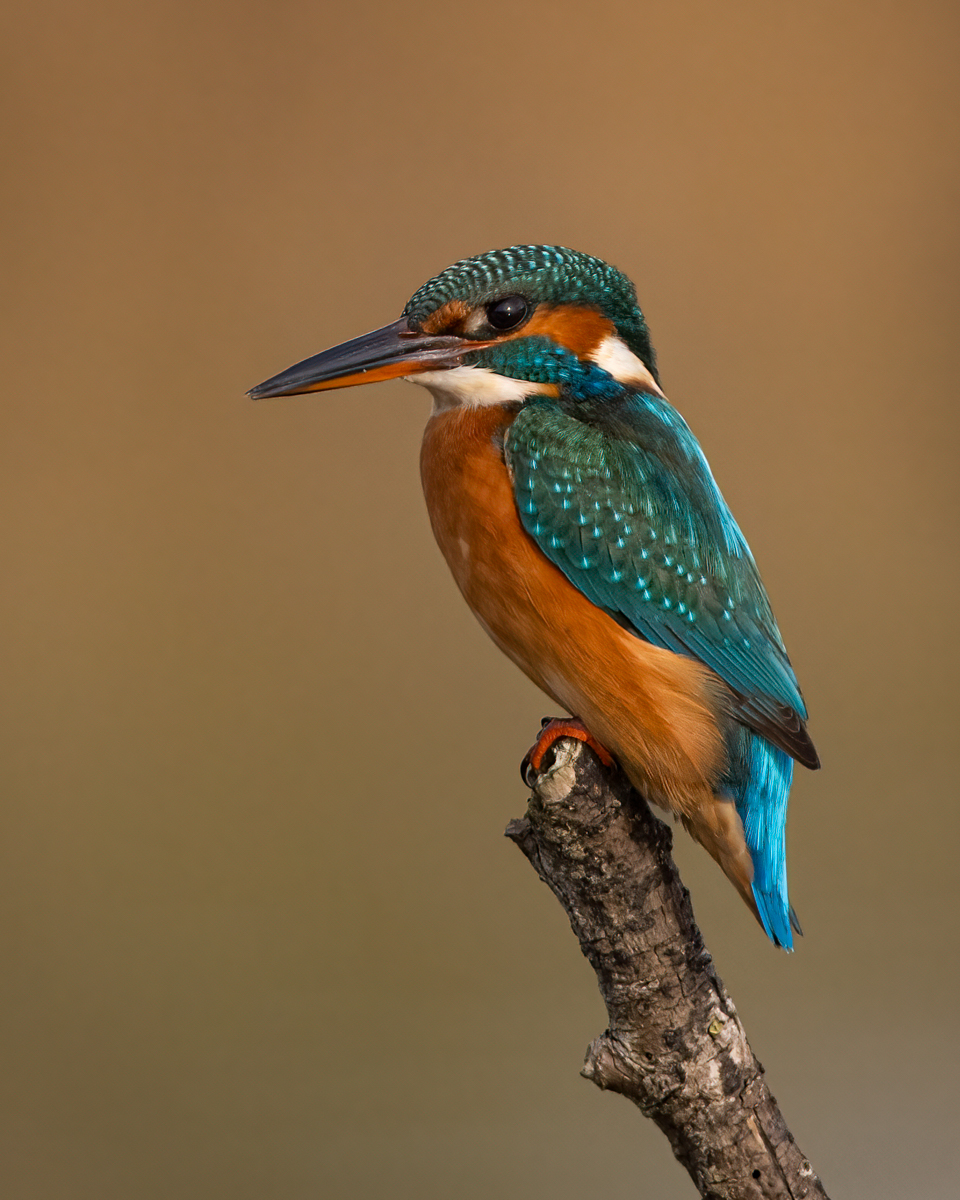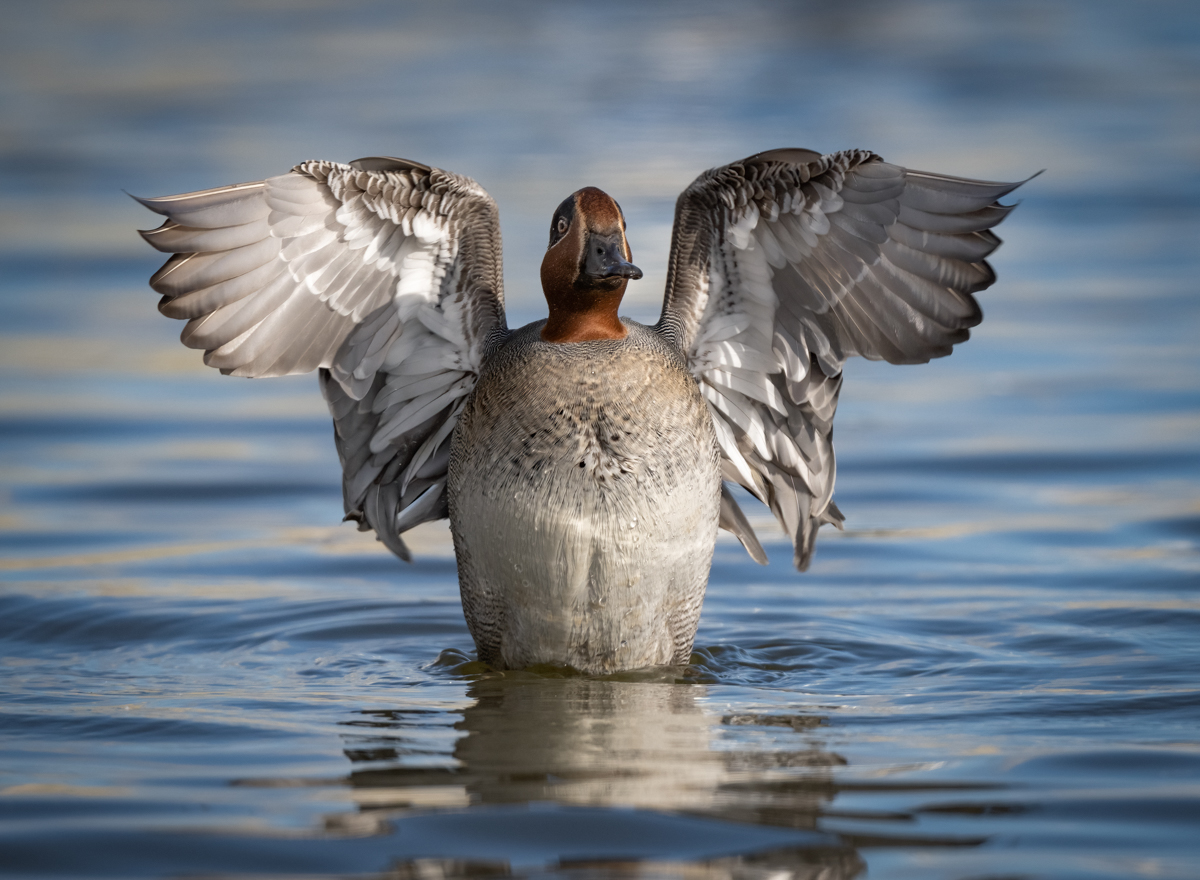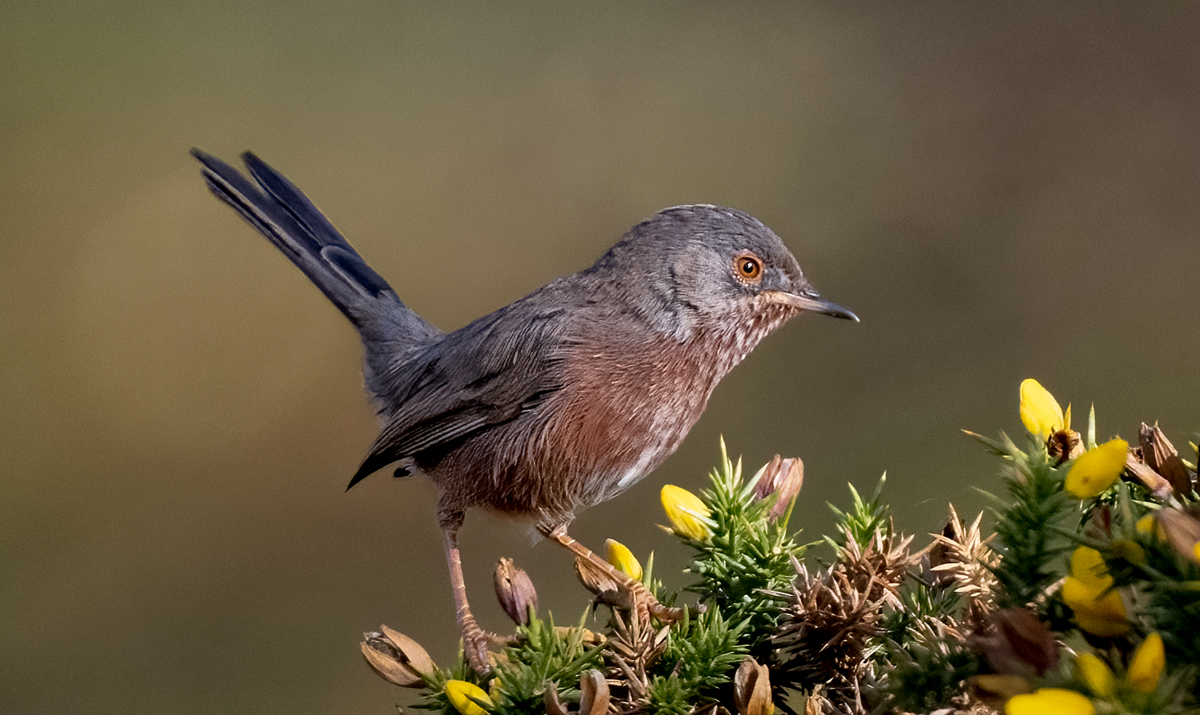Devon and Dorset – United Kingdom
About
The Counties of Devon and Dorset are situated in the southwest of England, Devon is further west with the county of Cornwall; the westernmost county of England to the west. Devon has two coasts, to the north of the county is the Bristol Channel and to the south the English Channel. Dorset is the county immediately east of Devon, with just one coast on the English Channel; the Dorset coast is known as the Jurassic coast due to the many discoveries of dinosaur skeletons and bones found in the area. Devon has a population of 1.2 million with the main towns being Exeter, Plymouth, Barnstaple, and Torquay. Dorset’s population is approximately 750,000 – the majority of which live in the southeast conurbation of Poole, Bournemouth, and Christchurch. Otherwise, aside from Weymouth, Dorset is mostly a rural county.
Devon, with its rugged coastlines and many estuaries, has some of the best birding spots in the country. The River Exe empties into the sea south of Exeter and has some great nature reserves on its shores to showcase the masses of birds that both breed and winter here. Observation of shorebirds such as Eurasian Oystercatcher, Pied Avocet, Dunlin, Eurasian Curlew, Whimbrel and Common Ringed Plover can be viewed mostly at high tides which brings the birds closer at locations such as Dawlish Warren Nature Reserve, Bowling Green Marsh RSPB (Royal Society for the Protection of Birds), and Exminster & Powderham Marsh RSPB. The Exe also has massive numbers of waterfowl including Brant Goose, Red-breasted Merganser, and Eurasian Wigeon. Gulls and Terns are also viewable in large concentrations and Devon is one of the best places in the UK to see the rare Roseate Tern.
Dorset too has some amazing places to watch birds and nature. Its flagship location has to be the Isle of Portland (south of Weymouth) with its world-famous Bird Observatory. The area is one of the best places in the country to observe visible migration. In the spring masses of birds find Portland to be the first land they see after crossing the English Channel from mainland Europe. Among the common migrants such as Northern Wheatear, Willow Warbler, Common Chiffchaff, Greater Whitethroat, and Common Cuckoo you can often find scarcer species such as Wryneck, Bluethroat or Eurasian Hoopoe that are overshoots form their range further south. Fall migration can be just as good here as many migrants stage here waiting for the right weather conditions to enable the channel crossing.
The reed-bed nature reserves of Radipole Lake RSPB and Lodmoor RSPB are some of the best places to find the charismatic Bearded Reedling, the stealthy yet loud Cetti’s Warbler or the skulking Great Bittern. These reserves are also great for closeup views of many shorebirds and waterfowl. Nearby, The Fleet is an area of coastal shingle barriers and pools that stretch from Ferrybridge in the east to Abbotsbury Swannery in the west. Ferrybridge is a great place to observe many shorebirds at high tide and also holds a Little Tern colony as well as at times hundreds of Mediterranean Gulls. Abbotsbury Swannery is famous for the huge numbers of Mute Swans but can be great for other waterfowl such as Common Pochard, Tufted Duck, Greater Scaup, Eared Grebe and Great-crested Grebe. One of the hides here overlooks a Common Tern colony in the summer.
The heathlands at Arne RSPB or Hartland Moor offer a variety of heath and woodland habitats that are great places to find the scarce Dartford Warbler, European Stonechat and Eurasian Hobby. If you’re lucky enough find yourself at Arne after dark listen for the call of the European Nightjar, over a hundred pairs call it their home in the summer months.
Owen visited both Devon and Dorset in October 2022, he visited many of the locations mentioned above including Abbotsbury Swannery, Dawlish Warren, Black Hole Marsh, Radipole RSPB, Lodmoor RSPB, Bowling Green Marsh RSPB and Arne RSPB and photographed many birds including Black-headed Gull, Bearded Reedling, Dartford Warbler Mediterranean Gull, Stock Dove and Eurasian Sparrowhawk.
®Owen Deutsch

Birds found here
-
Little Egret
Order
pelecaniformesFamily
ardeidaeGenus (Similar Species)
Scientific Name
Egretta garzetta
-
Conservation Status
Least Concern
Age
adult
-
Visual Category
Long-legged Waders -
Birding Sites and Lodges
Devon and Dorset – United Kingdom
BIRD CALLS
Little Egret -
-
Eurasian Sparrowhawk
Order
accipitriformesFamily
accipitridaeGenus (Similar Species)
Scientific Name
Accipiter nisus
-
Conservation Status
Least Concern
Gender
male
Age
adult
-
Visual Category
Birds of Prey -
Birding Sites and Lodges
Devon and Dorset – United Kingdom -
Activity
Feeding
BIRD CALLS
Eurasian Sparrowhawk -
-
Common Kingfisher
Order
coraciiformesFamily
alcedinidaeGenus (Similar Species)
Scientific Name
Alcedo atthis
-
Conservation Status
Least Concern
Gender
female
Age
adult
-
Visual Category
Passerine (Perching) Birds -
Birding Sites and Lodges
Devon and Dorset – United Kingdom
BIRD CALLS
Common Kingfisher -
-
Eurasian Green-winged Teal
Order
anseriformesFamily
anatidaeGenus (Similar Species)
Scientific Name
Anas crecca crecca
-
Conservation Status
Least Concern
Gender
male
-
Visual Category
Swimmers -
Birding Sites and Lodges
Devon and Dorset – United Kingdom
BIRD CALLS
Eurasian Green-winged Teal -
-
Dartford Warbler
Order
passeriformesFamily
sylviidaeGenus (Similar Species)
Scientific Name
Curruca undata
-
Conservation Status
Near Threatened
Age
Adult
-
Visual Category
Passerine (Perching) Birds -
Birding Sites and Lodges
Devon and Dorset – United Kingdom
BIRD CALLS
Dartford Warbler -



